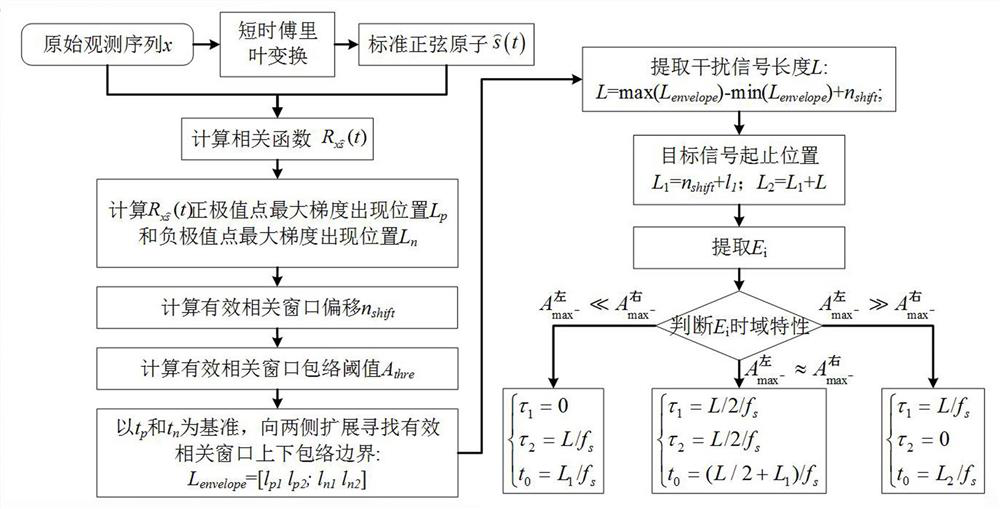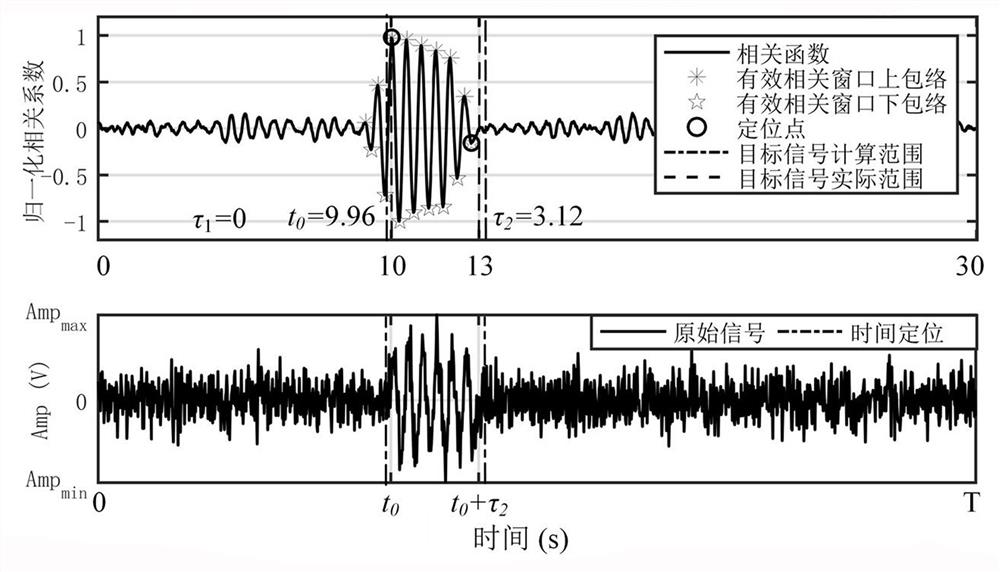Highly adaptive time delay target signal automatic extraction method
A target signal, automatic extraction technology, applied in the field of signal processing, can solve the problem of insufficient algorithm efficiency, and achieve the effect of increasing the group optimization direction factor, improving the convergence speed and accuracy, and high precision
- Summary
- Abstract
- Description
- Claims
- Application Information
AI Technical Summary
Problems solved by technology
Method used
Image
Examples
Embodiment Construction
[0053] Specific embodiments of the present invention will be described in detail below.
[0054] A highly adaptive time-delay target signal automatic extraction method, which is characterized in that the signal sparse decomposition method is used to extract the non-stationary time-delay signal, and the signal sparse decomposition matching pursuit problem is transformed into an optimization problem through the improved bat algorithm. Mainly include: First, the designed universal atom can match most of the typical signals through parameter adjustment. Secondly, the improved bat algorithm introduces the group optimization direction factor. The group optimization direction factor is the vector and normalized result formed by the superposition of the speed of the current individual bat and the speed of n nearby bats. The speed factor is updated in the group optimization direction, which can be Effectively guide individual bats to jump out of local optimal solutions. Then, based on...
PUM
 Login to View More
Login to View More Abstract
Description
Claims
Application Information
 Login to View More
Login to View More - R&D
- Intellectual Property
- Life Sciences
- Materials
- Tech Scout
- Unparalleled Data Quality
- Higher Quality Content
- 60% Fewer Hallucinations
Browse by: Latest US Patents, China's latest patents, Technical Efficacy Thesaurus, Application Domain, Technology Topic, Popular Technical Reports.
© 2025 PatSnap. All rights reserved.Legal|Privacy policy|Modern Slavery Act Transparency Statement|Sitemap|About US| Contact US: help@patsnap.com



